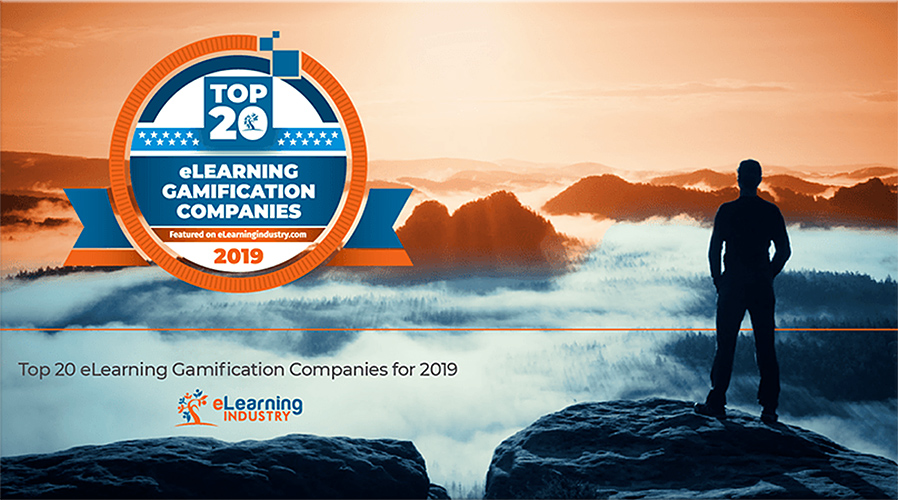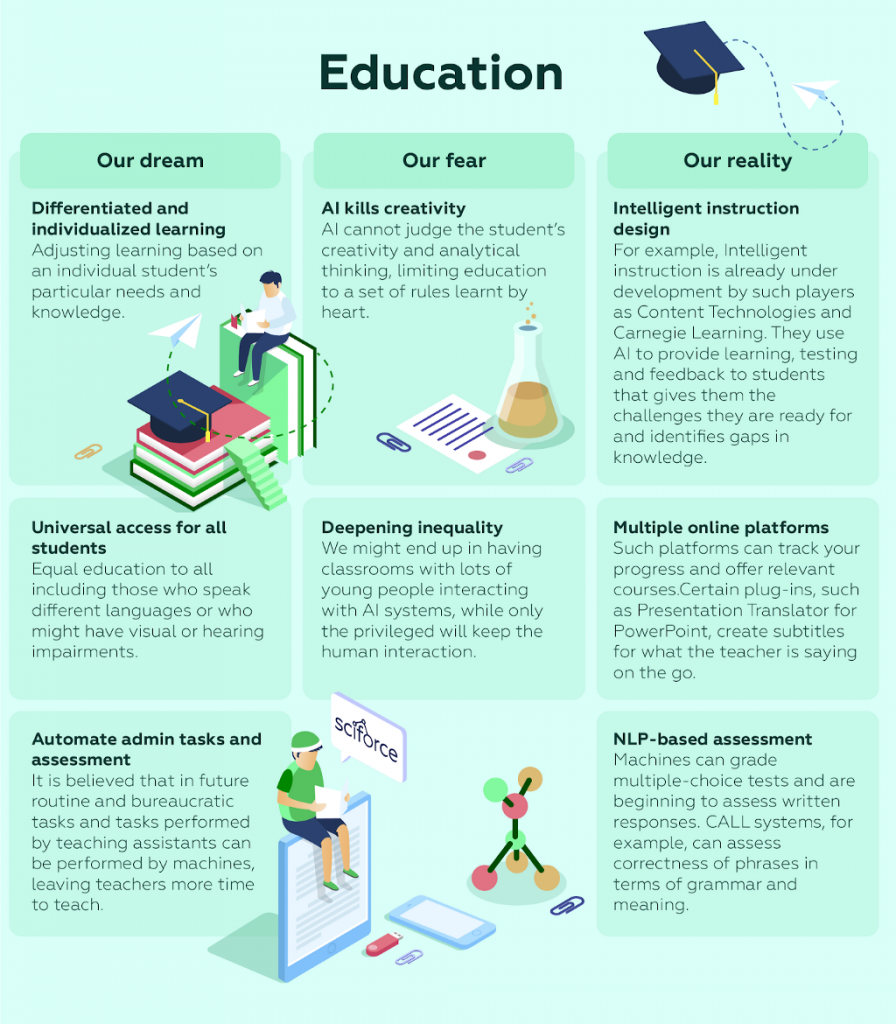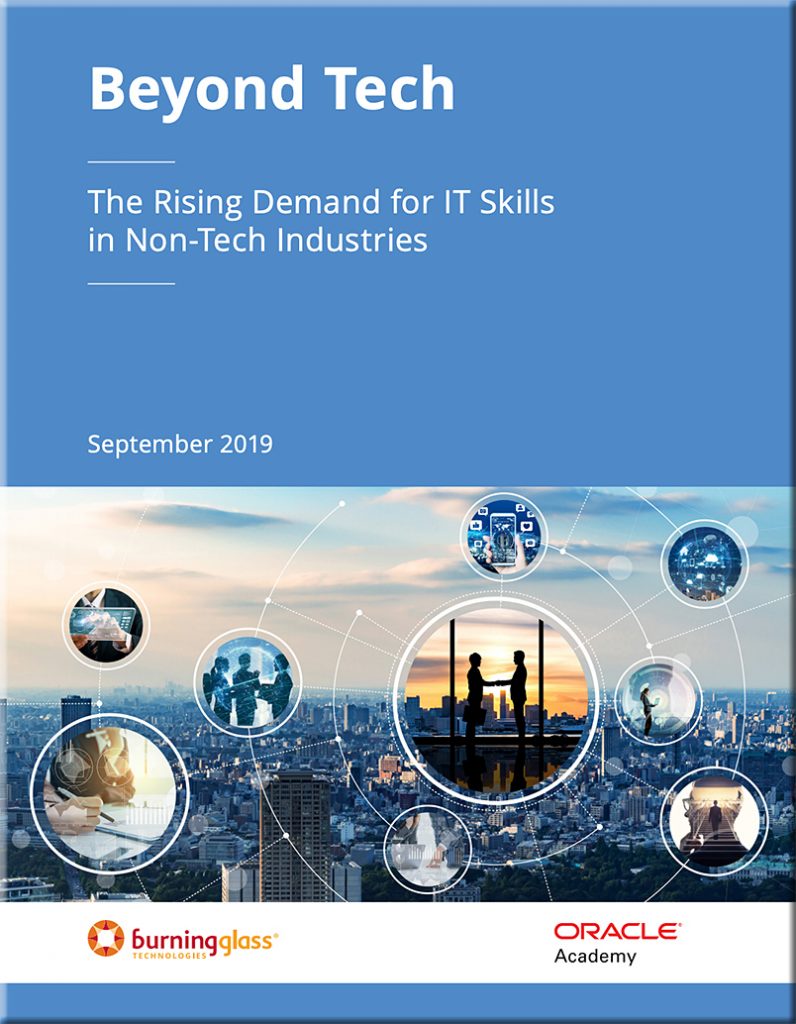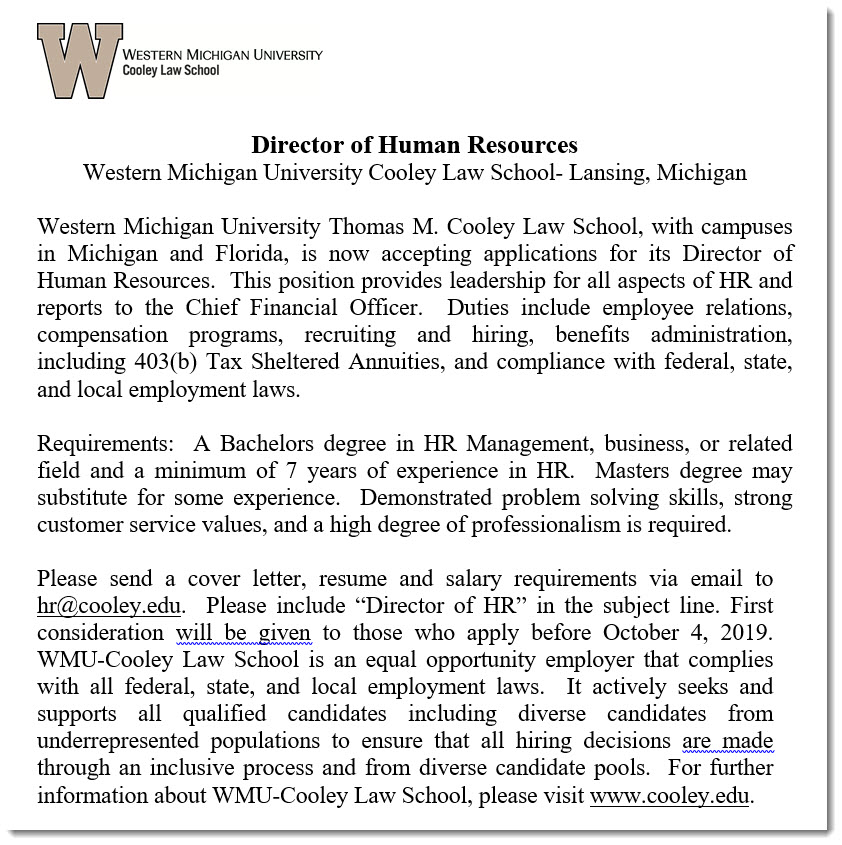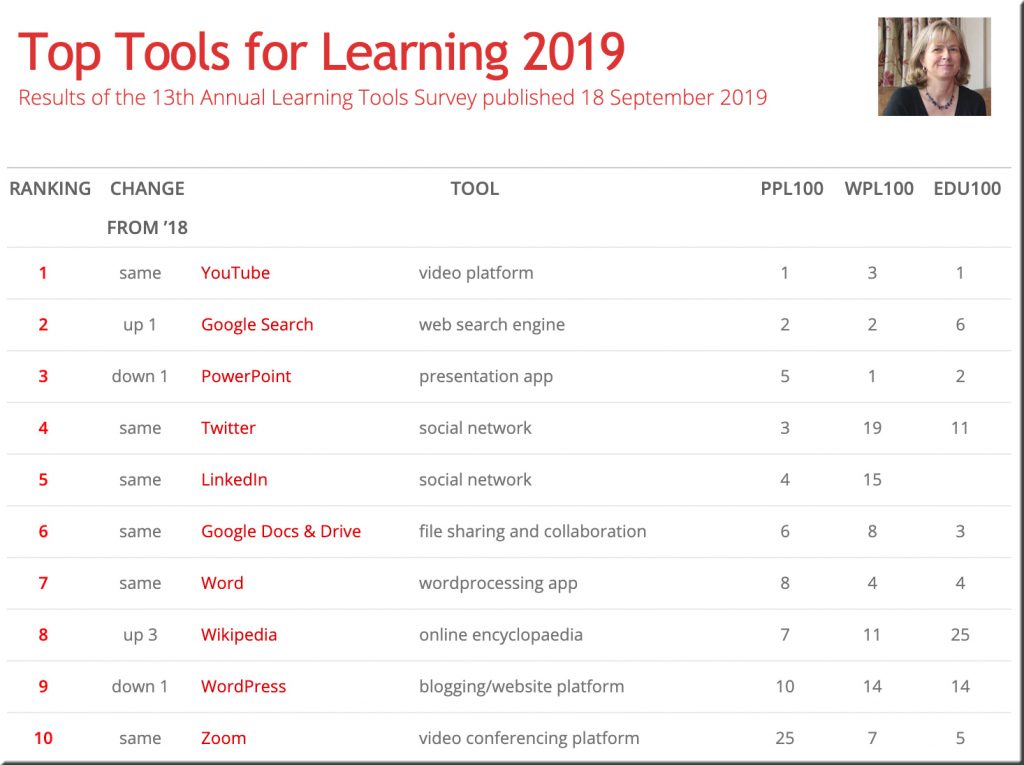‘Goliath is winning’: The biggest U.S. banks are set to automate away 200,000 jobs — from gizmodo.com by Brian Merchant
Excerpt (excerpt):
Over the next decade, U.S. banks, which are investing $150 billion in technology annually, will use automation to eliminate 200,000 jobs, thus facilitating “the greatest transfer from labor to capital” in the industry’s history. The call is coming from inside the house this time, too—both the projection and the quote come from a recent Wells Fargo report, whose lead author, Mike Mayo, told the Financial Times that he expects the industry to shed 10 percent of all of its jobs.
This, Mayo said, will lay the groundwork for, and I quote, “a golden age of banking efficiency.” The job cuts are slated to hit front offices, call centers, and branches the hardest, where 20-30 percent of those roles will be on the chopping block. They will be replaced by better ATMs, automated chatbots, and software instruments that take advantage of big data and cloud computing to make investment decisions.
“The next decade should be the biggest decade for banks in technology in history,” Mayo said.
From DSC:
How does this impact entry level positions? How does this help a young graduate who is trying to get out of the Catch 22 with job experience? How are colleges and universities helping young people navigate these quickly changing landscapes?










